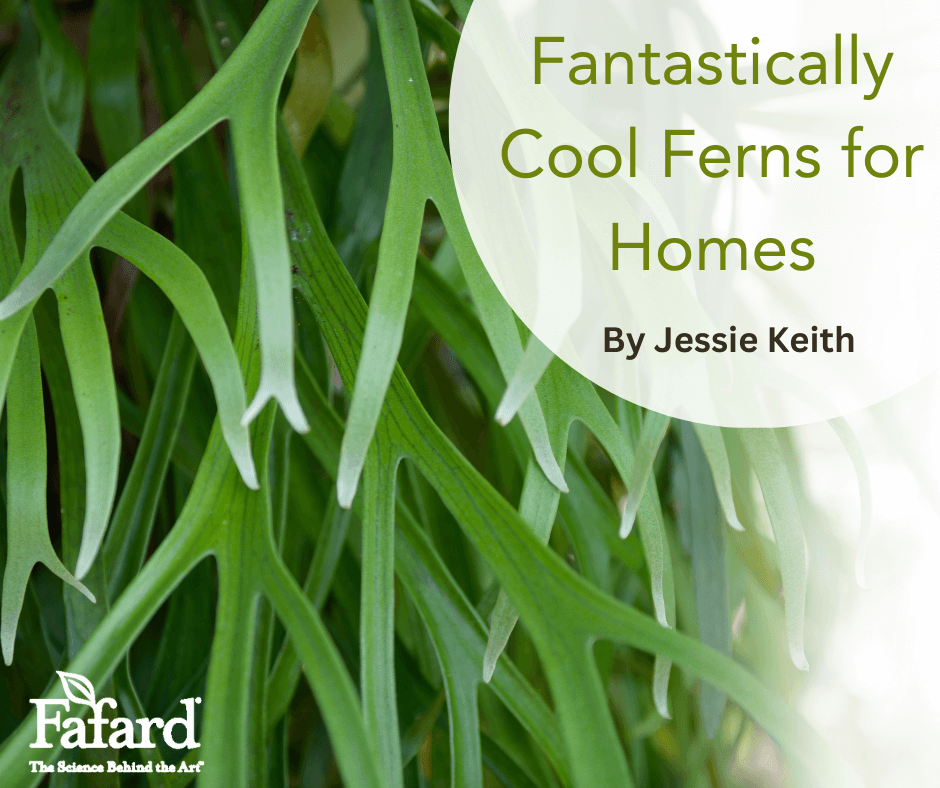
Most home gardeners likely think of the lush, reliable Boston fern when thinking about ferns as houseplants, but there are many other truly beautiful options for gardeners looking for something unique. Ferns make good houseplants because most prefer lower light levels. Follow their care instructions, and these indoor ferns should provide lasting beauty to your home.
Button Fern

Here is one of the easiest ferns you can grow, and it is a little gem. Button fern (Pellaea rotundifolia) reaches 6-12 inches high and has small, button-like pinnae. Grow it in filtered light or medium sunlight and provide even moisture. Mist occasionally to keep the fronds looking their best.
Crested Japanese Birdsnest Fern

Rather than having an airy look like most ferns, Crested Japanese Birdsnest Fern (Asplenium antiquum) has dense fronds with rippled edges. The variety ‘Leslie’ is especially wavy and pretty, and the twisted fronds of ‘Hurricane’ give the plant a twirly windswept look. It will tolerate partial sunshine or light shade. Mist regularly and water two times weekly in the cool winter months. More water may be required in warmer summer months.
Eyelash Fern
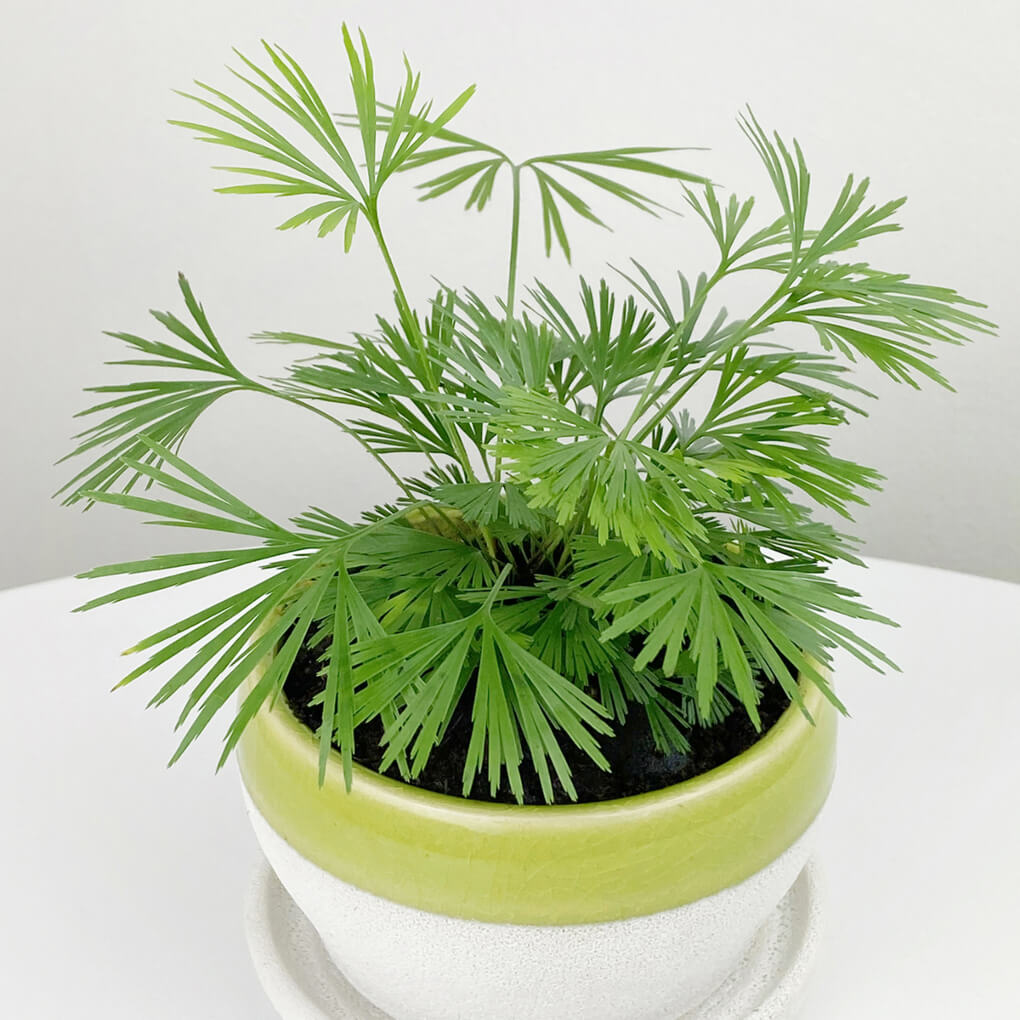
If you are looking for a small, specimen fern, choose the delicate eyelash fern (Actiniopteris australis). When mature the plant only reaches (6-8 inches). The fine, palm-like fronds make the rare fern especially pretty. Most garden centers won’t carry eyelash fern, but specialty several plant vendors sell them online. High humidity is required for eyelash fern, so consider growing yours in a terrarium filled with Black Gold All-Purpose Potting Soil and a layer of decorative sphagnum peat moss on top.
Dragon’s Wing Fern
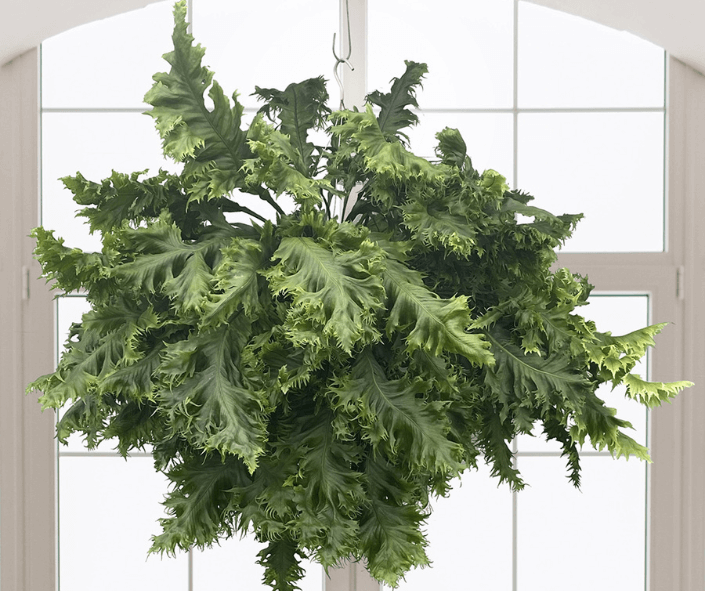
Be sure to provide plenty of space for a Dragon’s Wing Fern (Microsorum punctatum ‘Dragon’s Wing’), if you choose to grow one. The large fronds have a winged look and happy plants have been known to reach as much as 4′ across in time. A substantial pot and plant stand are required, but the beauty of the fern is worth the effort if you have the space. Provide filtered sunlight, regular water, and ample humidity.
Heart Fern
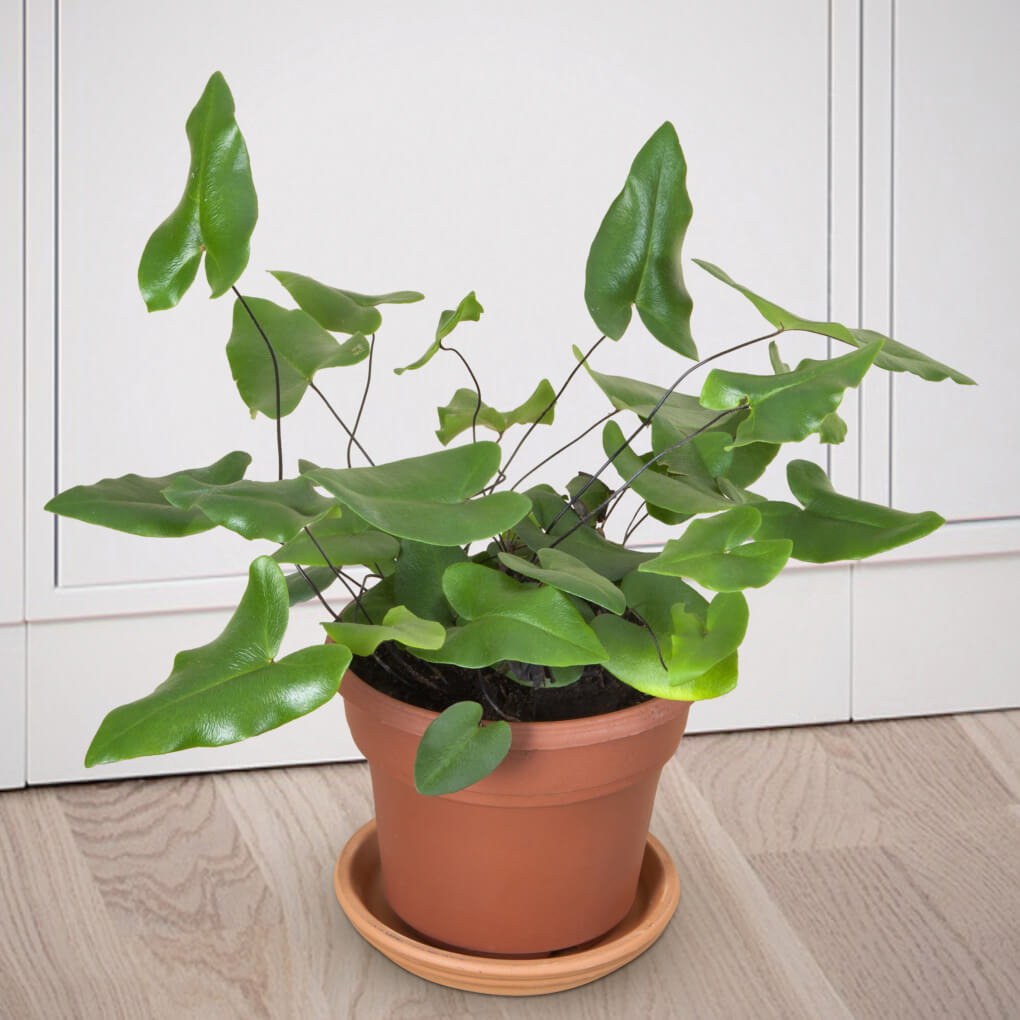
At first glance, most might not recognize heart fern (Hemionitis arifolia) as a fern at all, but the beautiful specimen plant is truly a fern. The leaves have a leathery texture and distinct heart shape. The plants reach no more than 10 inches when mature. They prefer slightly moist soil and high humidity–making heart fern another potential terrarium specimen.
Staghorn Fern
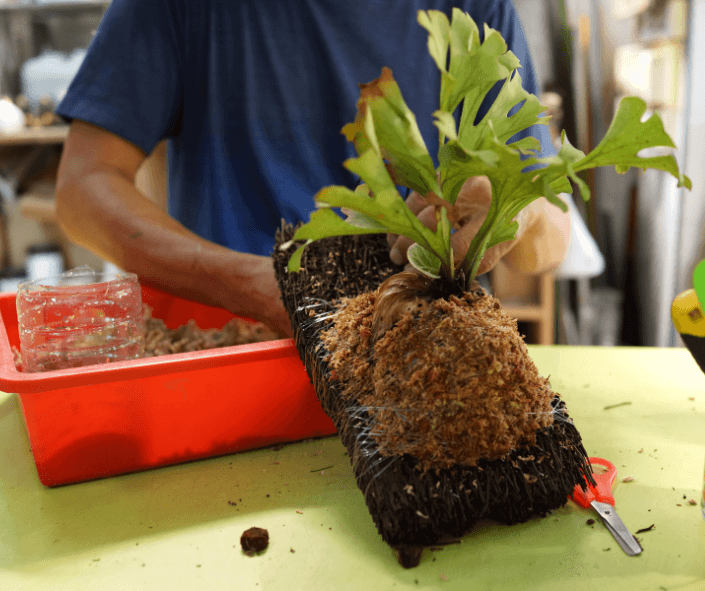
Staghorn ferns (Platycerium spp.) need substantial support, but they are truly beautiful. The large ferns naturally make their home in trees found in the rainforests of Java, New Guinea, and southeastern Australia. Specimens are generally wall-mounted or hung indoors. In warmer climates, they can be grown on trees or patio mounts outdoors. They enjoy warmth, humidity, and regular water–low-mineral spring water is preferred. (Elkhorn fern (Platycerium bifurcatum) is a particularly pretty and easy-to-find species.)
Growing Ferns
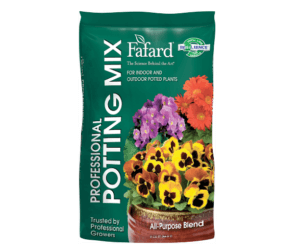 Most ferns grow best in fertile potting mix with a slightly acid pH. Good water-holding ability and drainage are also necessary soil requirements. Both Fafard Professional Potting Mix and Fafard Natural & Organic Potting Mix are good choices. Most ferns prefer to be watered regularly with low-mineral water, or bottled spring water and require pots that drain well. Misting and higher-than-average humidity are also recommended to discourage leaf-tip drying. Some gardeners opt to bring a humidifier into a room with potted ferns.
Most ferns grow best in fertile potting mix with a slightly acid pH. Good water-holding ability and drainage are also necessary soil requirements. Both Fafard Professional Potting Mix and Fafard Natural & Organic Potting Mix are good choices. Most ferns prefer to be watered regularly with low-mineral water, or bottled spring water and require pots that drain well. Misting and higher-than-average humidity are also recommended to discourage leaf-tip drying. Some gardeners opt to bring a humidifier into a room with potted ferns.

